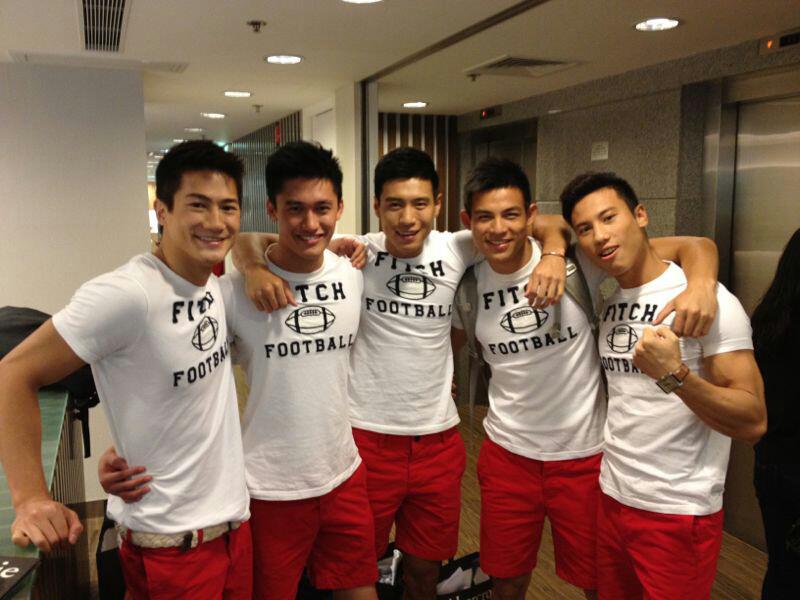What the hype and hysteria over A&F hunks tells us about perceptions of Asian male bodies
By Ian Cheng and Thee Lui
Sweating on the treadmill, pumping iron, counting his crunches – 22-year-old Nicholas Tang Chia-wei works out for two hours every day. Then, almost every week, he takes a photo of the results of his labour and sends it to the headquarters of Abercrombie & Fitch (A&F) in the United States. Tang works as a model in the clothing retailer’s recently opened Hong Kong store. He is working his body so that he can satisfy his bosses at A&F that he is ready to bepromoted to the post of “shirtless greeter”.
These are the topless hunks with the toned torsos that A&F hire to stand by the doors of their stores, greet customers and pose for photographs with them.
When A&F’s store opened in August this year, it flew in around 100 male models to meet, greet and ride around Central on an open-top, double-decker bus wearing trademark red beach shorts and big smiles.
The topless models had the Central lunchtime crowd either whooping in approval, laughing or quietly shaking their heads. It was a difficult spectacle to ignore. Others travelled from across the territory to snap and to touch the men. Online too, it was a phenomenon, setting social networking sites like Facebook abuzz with pictures and both positive and negative comments.
Although it was a marketing event to promote a fashion brand, it stirred up heated debate about issues of gender, masculinity and race. In a society where women are the traditional objects of desire, it threw up questions about whether it was acceptable for women to look at men the way men look at women. The fact that the models were mostly foreigners also threw a light on how people perceive Asian male bodies, particularly Chinese, Japanese and Korean men.







































